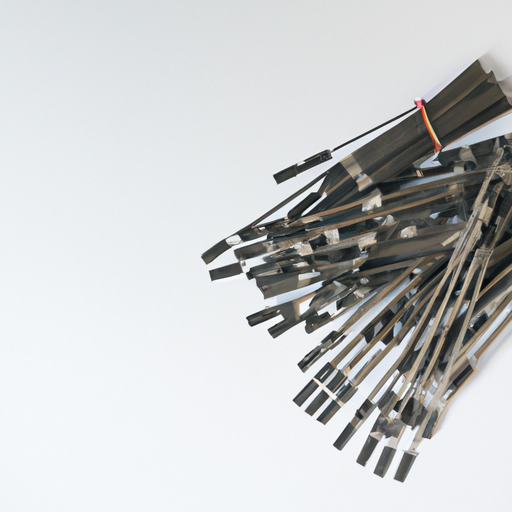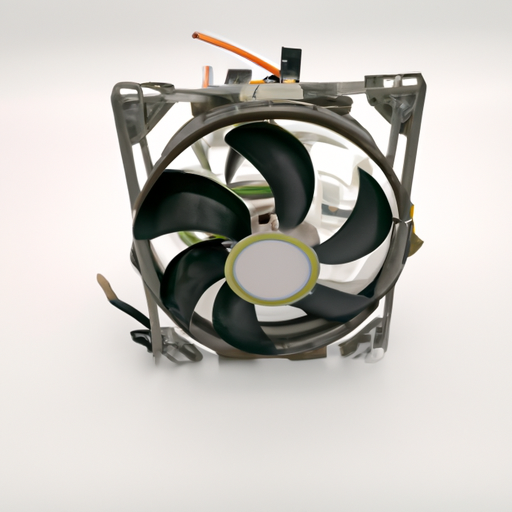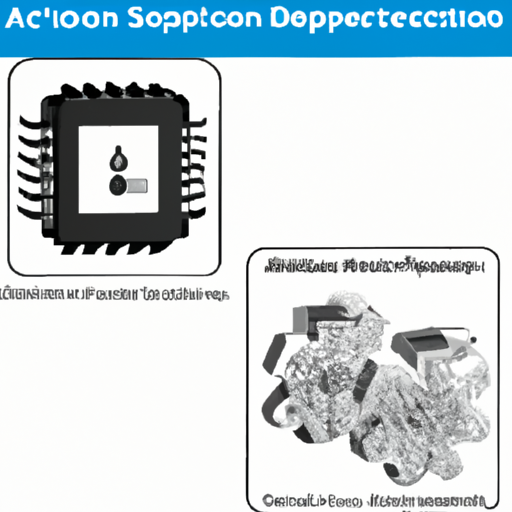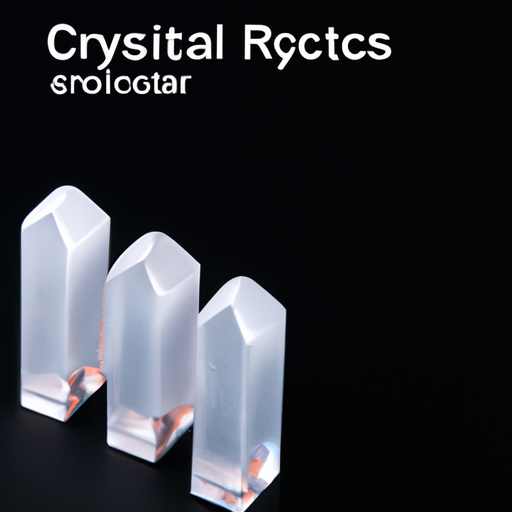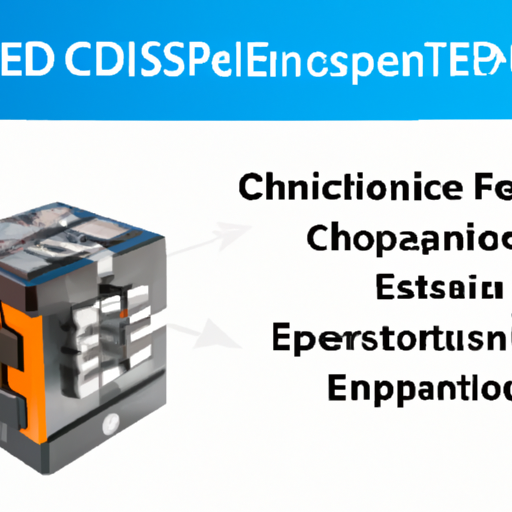What are the Popular Models of Thin Film Resistors?
I. Introduction
A. Definition of Thin Film Resistors
Thin film resistors are electronic components that utilize a thin layer of resistive material deposited onto a substrate to create a precise and stable resistance. These resistors are known for their high accuracy, low noise, and excellent temperature stability, making them essential in various electronic applications.
B. Importance of Thin Film Resistors in Electronics
In the world of electronics, precision is paramount. Thin film resistors play a crucial role in ensuring that circuits operate reliably and accurately. They are widely used in applications ranging from precision measurement equipment to telecommunications and automotive electronics. Their ability to maintain performance under varying conditions makes them a preferred choice for engineers and designers.
C. Overview of the Article
This article will delve into the basics of thin film resistors, explore popular models from key manufacturers, discuss their applications, compare them with other resistor types, and examine future trends in thin film resistor technology.
II. Basics of Thin Film Resistors
A. Construction and Materials
1. Substrate Types
Thin film resistors are typically constructed on substrates made from materials such as ceramic, glass, or silicon. The choice of substrate affects the resistor's performance characteristics, including thermal stability and mechanical strength.
2. Thin Film Materials
The resistive layer in thin film resistors is usually made from materials like nickel-chromium (NiCr), tantalum nitride (TaN), or other metal alloys. These materials are chosen for their stable resistive properties and ability to withstand environmental stressors.
B. Working Principle
The working principle of thin film resistors is based on Ohm's law, where the resistance is determined by the resistive material's properties and the geometry of the film. The thin layer of resistive material is deposited in a controlled manner, allowing for precise resistance values.
C. Advantages of Thin Film Resistors
1. Precision and Stability
Thin film resistors offer exceptional precision, with tolerances as low as 0.1%. This level of accuracy is critical in applications where even minor deviations can lead to significant errors.
2. Low Noise Characteristics
These resistors exhibit low noise levels, making them ideal for sensitive applications such as audio equipment and precision measurement devices.
3. Temperature Coefficient
Thin film resistors have a low temperature coefficient, meaning their resistance value changes minimally with temperature fluctuations. This stability is vital in environments with varying temperatures.
III. Popular Models of Thin Film Resistors
A. Overview of Key Manufacturers
Several manufacturers are renowned for producing high-quality thin film resistors. Some of the key players in the market include:
1. **Vishay**
2. **Yageo**
3. **Panasonic**
4. **Bourns**
5. **KOA Speer**
B. Detailed Examination of Popular Models
1. Vishay's Thin Film Resistors
Model: VSM Series
The VSM series from Vishay is known for its high precision and low temperature coefficient. These resistors are suitable for applications requiring tight tolerances and stability.
Model: VSR Series
The VSR series offers a wide range of resistance values and is designed for high-frequency applications. Its low noise characteristics make it ideal for sensitive electronic circuits.
2. Yageo's Thin Film Resistors
Model: MCR Series
The MCR series is recognized for its excellent stability and reliability. These resistors are commonly used in precision measurement and instrumentation.
Model: MCR-03 Series
The MCR-03 series features a compact design and is suitable for surface mount applications. Its low noise and high precision make it a popular choice among engineers.
3. Panasonic's Thin Film Resistors
Model: ERJ Series
The ERJ series from Panasonic is known for its high reliability and performance in various applications, including automotive and industrial electronics.
Model: ERJ-PA Series
The ERJ-PA series offers enhanced stability and is designed for high-frequency applications, making it suitable for telecommunications and RF circuits.
4. Bourns' Thin Film Resistors
Model: CR Series
The CR series is designed for high precision and low noise applications. These resistors are widely used in medical devices and instrumentation.
Model: CRG Series
The CRG series features a compact design and is suitable for surface mount technology, providing excellent performance in space-constrained applications.
5. KOA Speer's Thin Film Resistors
Model: RK73 Series
The RK73 series is known for its high precision and stability, making it ideal for use in precision measurement and control systems.
Model: RK73H Series
The RK73H series offers enhanced performance in high-temperature environments, making it suitable for automotive and industrial applications.
IV. Applications of Thin Film Resistors
A. Use in Precision Measurement Equipment
Thin film resistors are extensively used in precision measurement equipment, such as digital multimeters and oscilloscopes, where accuracy is critical.
B. Role in Telecommunications
In telecommunications, thin film resistors are employed in RF circuits and signal processing equipment, where low noise and high stability are essential for maintaining signal integrity.
C. Application in Automotive Electronics
Automotive electronics rely on thin film resistors for various applications, including engine control units and sensor systems, where precision and reliability are paramount.
D. Importance in Medical Devices
In the medical field, thin film resistors are used in devices such as blood pressure monitors and diagnostic equipment, where accurate measurements can significantly impact patient care.
V. Comparison of Thin Film Resistors with Other Types
A. Thin Film vs. Thick Film Resistors
Thin film resistors offer higher precision and lower noise compared to thick film resistors, making them suitable for high-performance applications. However, thick film resistors are generally more cost-effective and can handle higher power levels.
B. Thin Film vs. Wirewound Resistors
Wirewound resistors provide excellent power handling capabilities but are bulkier and less precise than thin film resistors. Thin film resistors are preferred in applications where space and accuracy are critical.
C. Thin Film vs. Carbon Composition Resistors
Carbon composition resistors are less stable and have higher noise levels compared to thin film resistors. While they are cost-effective, thin film resistors are favored in applications requiring high precision and reliability.
VI. Future Trends in Thin Film Resistor Technology
A. Innovations in Materials and Manufacturing
Advancements in materials science and manufacturing techniques are leading to the development of even more precise and stable thin film resistors. Innovations such as nanomaterials and advanced deposition techniques are expected to enhance performance.
B. Increasing Demand in High-Performance Applications
As technology continues to evolve, the demand for high-performance thin film resistors is expected to grow, particularly in fields such as telecommunications, automotive, and medical devices.
C. Environmental Considerations and Sustainability
With increasing awareness of environmental issues, manufacturers are focusing on sustainable practices in the production of thin film resistors. This includes the use of eco-friendly materials and processes that minimize waste.
VII. Conclusion
A. Summary of Key Points
Thin film resistors are essential components in modern electronics, offering high precision, low noise, and excellent stability. Various manufacturers produce popular models that cater to a wide range of applications.
B. The Role of Thin Film Resistors in Modern Electronics
As technology advances, the role of thin film resistors will continue to expand, supporting the development of more sophisticated electronic devices.
C. Final Thoughts on the Future of Thin Film Resistors
The future of thin film resistors looks promising, with ongoing innovations and increasing demand in high-performance applications. As engineers and designers seek greater accuracy and reliability, thin film resistors will remain a vital component in the electronics landscape.
VIII. References
A. Academic Journals
- Various academic journals on electronics and materials science.
B. Manufacturer Specifications
- Manufacturer datasheets and specifications for thin film resistors.
C. Industry Reports and White Papers
- Industry reports and white papers discussing trends and advancements in resistor technology.
This comprehensive overview of thin film resistors highlights their significance in modern electronics, popular models from leading manufacturers, and their applications across various industries. As technology continues to evolve, thin film resistors will play an increasingly important role in ensuring the precision and reliability of electronic devices.

